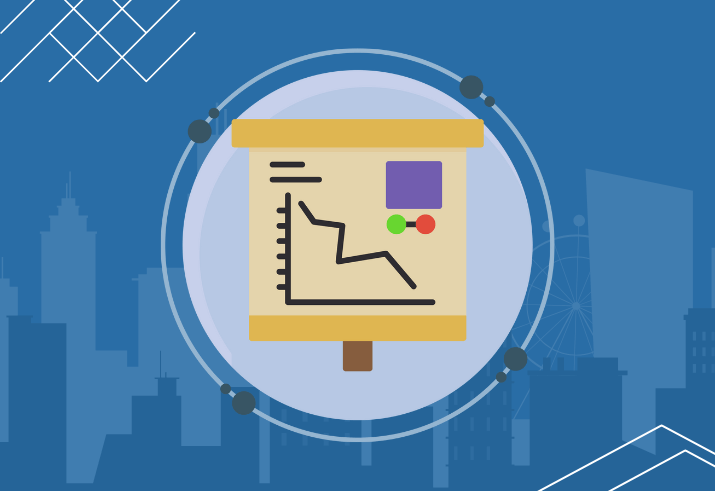Just a few months ago, Google began the process of streamlining their advertising products in a rebranding overhaul. In short, Google is retiring Adwords and DoubleClick, while introducing a few new names and products to their lineup. Google Adwords is now Google Ads, DoubleClick and Google Analytics are now joined as the Google Marketing Platform, and DoubleClick for Publishers and DoubleClick Ad Exchange are joined as Google Ad Manager.
Google Ads

Photo credit: https://www.blog.google/products/ads/
A large reason for the shift in rebranding from Google Adwords to Google Ads is as simple as the new name implies – Google no longer focuses on just words. When Adwords first launched, it solely focused on text ads. However, now 18 years since launching, Adwords steadily expanded their capabilities to support display, shopping, videos and more, on numerous amounts of sites and apps, such as YouTube and Gmail. Adwords is simply too restrictive of a name for what the product now has to offer, while Ads is much more conducive.
So how does the rebrand influence the interface? Though the recent switch to the new Google Ads experience came at a similar time to the company rebrand, it turns out to be more of a coincidence than anything. Most importantly, no data is affected in the switch to the new interface, rather Google is offering new features and retiring outdated tools. Some new features include the Audience Manager, bid adjustments for call extensions, and the account overview page for optimization insights.
Google Marketing Platform

The new Google Marketing Platform encompasses a few internal changes for Google. To begin, DoubleClick and Google Analytics 360 Suite are now unified as one platform. The Google Marketing Platform brings the ability to plan, buy, measure, and optimize all within one place. Google noticed that advertisers who integrated their analytics with their media platform saw better performance, and hence realized the integration was necessary.
The Google Marketing Platform consists of:
-
Display & Video 360
-
“Display & Video 360 brings together features from our display advertising products: DoubleClick Bid Manager, Campaign Manager, Studio and Audience Center. Display & Video 360 allows you to execute ad campaigns end-to-end in one place, creating efficiency in how you work and helping your teams do more together.” – Brad Bender, VP of Display and Video Advertising, Google
-
-
Search Ads 360 (previously DoubleClick Search)
-
Analytics 360
-
Google Data Studio
-
Optimize 360
-
Surveys 360
-
Tag Manager 360
-
The Marketing Platform provides a new integration center, explaining how all the above tools can work together.
Google Ad Manager
Google Ad Manager is the integration of DoubleClick for Publishers and DoubleClick Ad Exchange. The purpose of Ad Manager is to create a complete ad platform, rather than dealing with the constraints of ad servers and SSP’s, in order to help users earn more and grow revenue.
Jonathan Bellack, Director of Product Management at Google, wrote “…for the last three years, we’ve been doing more to bring DoubleClick Ad Exchange (AdX) and DoubleClick for Publishers (DFP) together into a truly unified platform. Today’s DoubleClick has also evolved beyond our roots in the web to become an ad platform for the next generation of content, from mobile applications by developers like King, to multi-platform video from publishers like Cheddar. With these changes, we needed a new name that better reflects how our platform helps you earn more and protects your brand, wherever your audience is engaging and however advertisers are looking to work with you… that name is Google Ad Manager.”
Final Thoughts
Long story short, Google’s goal is make their products work better together. They are focused on offering tools that make it easy to collaborate and share insights between platforms, creating ways for marketers to better understand their customers, while also prioritizing customer privacy. We’d love to talk to you more about any other Search questions you may have, contact us today!









